
AllQuestion and Answers: Page 1595
Question Number 49927 Answers: 0 Comments: 2
Question Number 49922 Answers: 1 Comments: 0
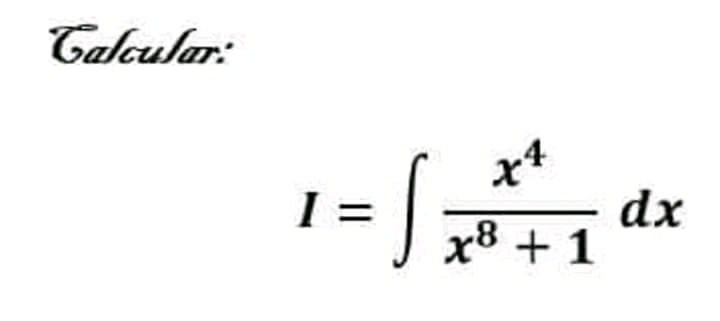
Question Number 49902 Answers: 1 Comments: 1
Question Number 49903 Answers: 1 Comments: 1
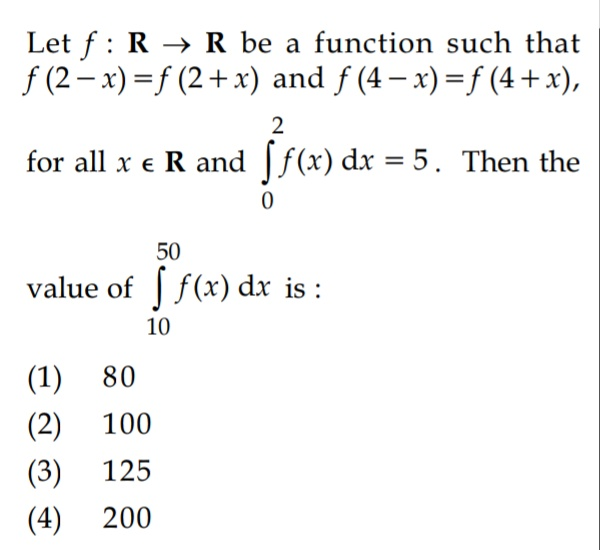
Question Number 49898 Answers: 0 Comments: 1
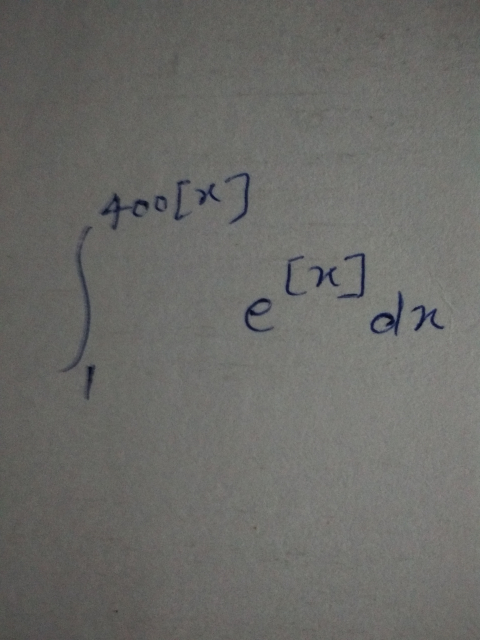
Question Number 49877 Answers: 3 Comments: 1
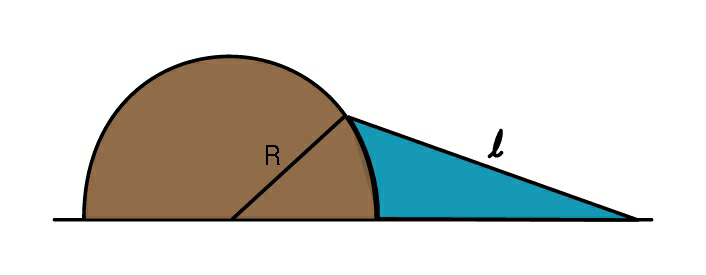
Question Number 49857 Answers: 1 Comments: 4
Question Number 49851 Answers: 0 Comments: 0

Question Number 49838 Answers: 1 Comments: 1
Question Number 49859 Answers: 2 Comments: 4
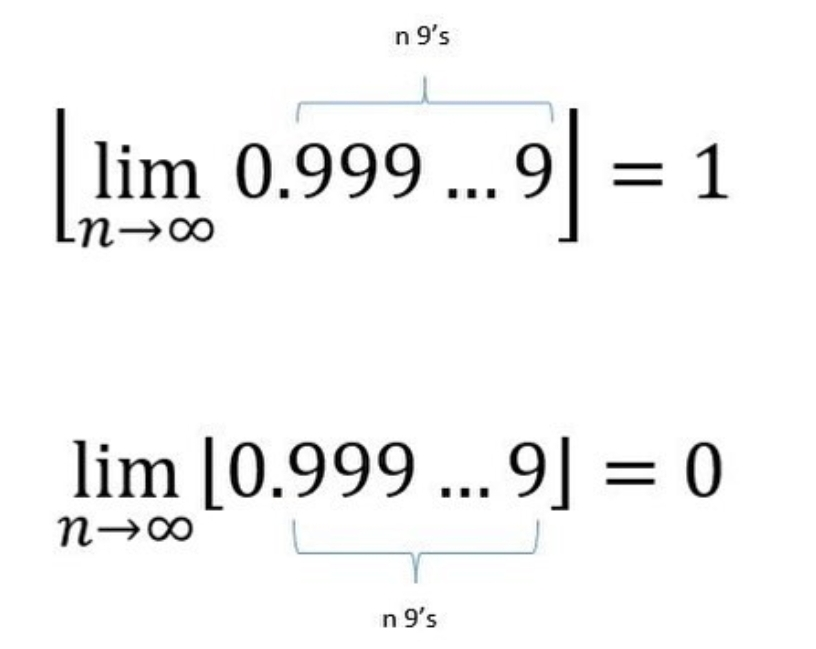
Question Number 49845 Answers: 1 Comments: 1
$${y}^{{xsiny}} +{x}^{{ysinx}} =\mathrm{1} \\ $$$${determine}\:\frac{{dy}}{{dx}} \\ $$
Question Number 49830 Answers: 3 Comments: 1
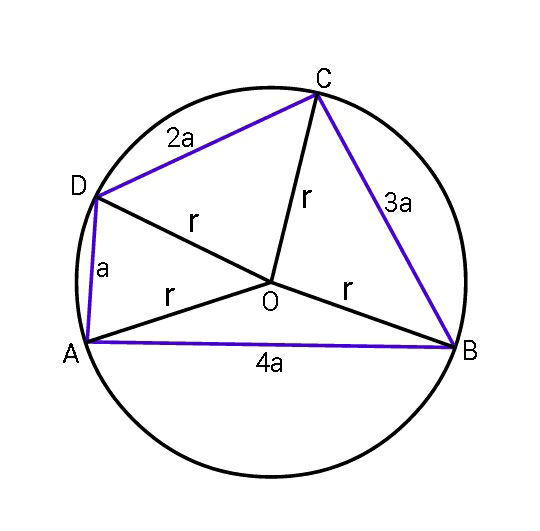
Question Number 49829 Answers: 1 Comments: 1
$$\int\frac{{x}^{\mathrm{2}} }{{x}^{\mathrm{4}} +\mathrm{1}}{dx} \\ $$
Question Number 49827 Answers: 1 Comments: 4
Question Number 49823 Answers: 2 Comments: 0
Question Number 49817 Answers: 1 Comments: 1
Question Number 49816 Answers: 2 Comments: 0
Question Number 49815 Answers: 0 Comments: 3
Question Number 49810 Answers: 1 Comments: 1
Question Number 49809 Answers: 2 Comments: 1
Question Number 49806 Answers: 0 Comments: 1
Question Number 49804 Answers: 0 Comments: 1
Question Number 49803 Answers: 0 Comments: 0
Question Number 49802 Answers: 1 Comments: 0
Question Number 49800 Answers: 1 Comments: 0
Question Number 49798 Answers: 0 Comments: 0
$$\mathrm{help}\:\mathrm{me}\:\mathrm{sir}\:\mathrm{Plzzz} \\ $$
Pg 1590 Pg 1591 Pg 1592 Pg 1593 Pg 1594 Pg 1595 Pg 1596 Pg 1597 Pg 1598 Pg 1599
